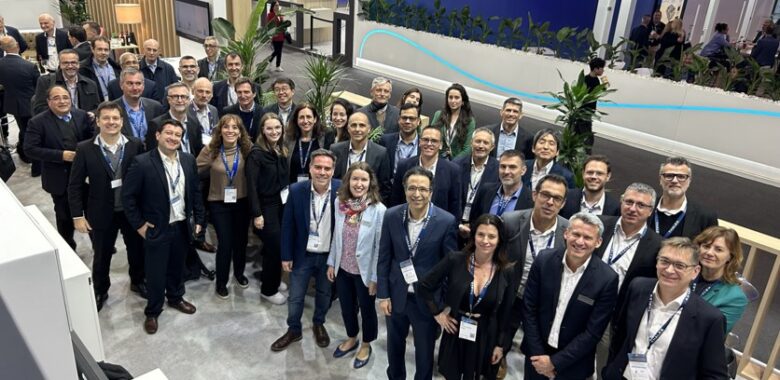The latest cellular LPWAN solutions, such as, LTE M, NB-IoT and 5G have expanded the IoT landscape by delivering outstanding power and bandwidth efficiency, as well as expanded connectivity, even to remote and underground locations.
Yet, with so many wireless connectivity options to choose from today, researching the various advantages of each can be confusing and time consuming. We previously explored this issue as part of our foundational series – called IoT Masters. If you’re just starting out in the IoT, we’d recommend digesting these video resources before diving deeper into the world of connectivity.
To help you understand why cellular IoT is so beneficial, this blog explains how it develops, and how you can use it to maximise device battery life, providing you with the information needed to decide if it is right for your IoT project.
Why choose cellular IoT?
Cellular technology has progressed significantly over the past decade. Whether using NB-IoT, LTE-M, or sticking with legacy 2G and 3G technology until 5G networks are ready, cellular connectivity remains the top choice for IoT developers worldwide. This is because it provides the most reliable and stable connectivity in a variety of different environments – from high density crowded cities, to remote areas like wind power generation fields.
How will 5G change cellular connectivity for IoT?
With cellular infrastructure constantly being improved and developed, the advantages associated with cellular technology will only become more apparent in the coming years – expanding their capacity with regards to global reach and maturing in its capabilities.
As such, by choosing cellular IoT, developers are offered a cost-efficient and seamless path to 5G technology when needed, even if they do not feel comfortable using 5G when their product is first made available.
Nonetheless, eventually, many developers in the IoT space will want to take advantage of the virtualisation and network slicing capabilities 5G will bring once this technology is firmly embedded. This will allow greater flexibility for bandwidth allocation and grouping IoT devices on specific bands based on QoS (Quality of Service) requirements. In this respect, cellular connectivity will offer even better cost efficiency and scalability for devices.
Given all these advantages, cellular IoT is a great option for a range of battery-operated applications like smart metering, inside smart cities for functions like heating control in buildings and asset tracking across the world.
However, as we all know from our experiences with objects using batteries, extending the life for as long as possible is essential for customer satisfaction. With each new smartphone release, for example, companies tout the percentage increase in battery life of the new model.
Protecting battery life and your IoT investment
The design of the device
Recognising the power consumption and battery life problems of IoT devices, organisations like the 3rd Generation Partnership Project recommend lower power classes be introduced, as well as reduced messaging for short data transactions, and simplified monitoring of neighbour cells, for all devices.
In addition, improvements introduced in the group’s ‘Release 13’ now allow application behaviour to be adjusted to the specific use case needs. For instance, it’s now possible to extend sleep cycle timing to as long as one year instead of 2.56s between paging cycles – or 23 sleep cycles per minute. With this kind of flexibility, devices operating in the field such as meters, and even very small devices like wearables could be extremely efficient.
The network choice
Yet, while these specifications certainly help, when it comes to energy efficiency, PSM (Power Saving Mode) and eDRX (Extended Discontinuous Reception) are also key.
It is for this reason that Mobile Network Operators in countries such as Japan, Australia, and North America have already retired 2G networks that do not support power consumption optimisation features like PSM or eDRX. Instead, developers looking for power efficiency are being encouraged to migrate to LPWAN technologies.
What else can you do to monitor power consumption of IoT devices?
Energy management tools also exist that can provide full insight into the power profile of your device. With this information, developers are able to easily visualise the power draw throughout the product development cycle to prevent battery drain and avoid pitfalls in development. By examining battery options in detail, developers can be aided in selecting the right product for each application, ultimately saving them money.
If you’d like more information about one such platform, Thales and Qoitech, have simplified smart power design and energy management by combining the Thales NB-IoT developer package and Otii measurement tool by Qoitech.
You can also watch our energy management video to learn how to maximise product longevity and get started with NB-IoT and Cat-M energy consumption measurements.



